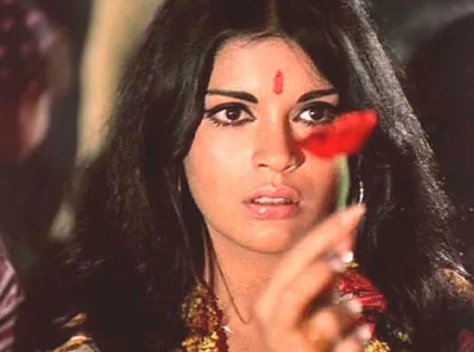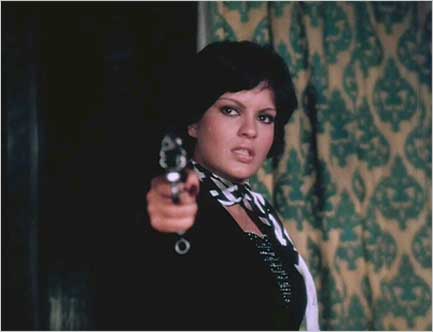The Harvey Weinstein (and others) revelations are emotionally devastating but should not be understood from an ‘immediacy’ perspective. There exist structural inadequacies in Hollywood that are much more complex than the victim-offender perspective from which we are addressing the problem today. These inadequacies are not limited to incidents of sexual harassment or unwanted sexual advances. The problem is all pervasive because it emanates from the gendered operation of this film making industry which is inherently discriminatory against women and people of different ethnicities.
With no intention to undermine the traumatic nature of the cases of sexual harassment that have come up, it should be made clear that it is just a small part of the larger problem. If we only focus our attention to cases of sexual harassment, and that too of specific actresses, we tend to ignore the core structural problem with Hollywood by addressing only a part of that structure. This has two significant drawbacks:
- It carries a potential of dividing the larger political stand of women within the industry into victims and non-victims. This division not only dissipates the political nature of the cause but also potentially put these two classes in a clash against each other. For example, the #SheKnew trend that was started against Meryl Streep.
- It might help in curbing the issue of sexual harassment in the shorter run by punishing the perpetrators such as Harvey but such issues, along with others, will crop up again in the longer run due to no change in the structure of how gender operates in Hollywood
The victimization of women in cinema is caused by the realities of deprivation, representation and categorization of the same both outside and inside the industry. Women are deprived of many lucrative opportunities in the different processes involved in filmmaking due to lack of representation at decision making positions. This lack of representation is founded upon the categorization of women in both acting and non-acting jobs in the film industry. Since these issues are structural, they require an adjustment at the structural level itself to enhance the mobility and accommodation of diversity in cinema.
One fact that supports the structural argument is that the problem currently faced by women in Hollywood is not limited to Hollywood itself. For the past many years, Malayalam film industry in India, one of the biggest and most lucrative in both the country and the world, has been criticized of its unfounded representation of women both on and off the screen. Due to continuous ignorance at the structural level, the problem of representation got worse resulting into a series of actresses complaining about sexual harassment. In order to address the issue of crimes against of women in cinema, a Collective was formed demanding structural and all-pervasive analysis of issues faced by women in the Malayalam film industry.
The government of Kerala finally addressed the demands of the Collective and formed a Judicial Committee to look into the structural issues faced by women in the Malayalam film industry. The committee highlighted lack of pay parity and inadequate representation as major reasons behind mistreatment of women in cinema. The Committee suggested various recommendations such as making equal pay obligatory, providing reservation to women in non-acting jobs in the state-owned film companies, fund for women who cannot work during their pregnancies, and many more. Most importantly, it recommended for setting up of an Internal Complaints Committee at the film set, which is interpreted to be nothing short of a ‘workplace’ for women in cinema.
While the government is still evaluating the recommendations, the very endeavour of coming up with such initiative should be appreciated. Women in film industries are also citizens of their respective countries and therefore no artificial discrimination should stop them from enjoying their rights which they are assured of in other industries or workplace. While some of the suggestions might seem too ambitious to be implemented in Hollywood considering most of the production companies are private in nature, the larger idea of state regulation of treatment of women in these companies and the consideration of these companies as a workplace are structural changes that cannot be ignored.



























